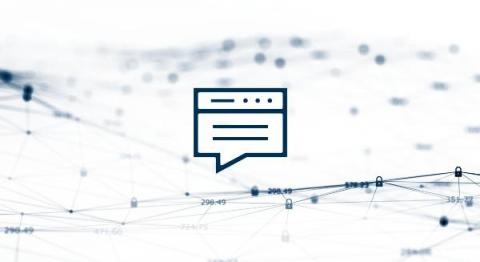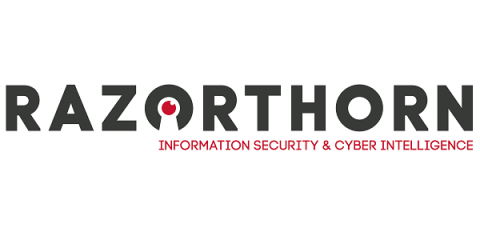Security | Threat Detection | Cyberattacks | DevSecOps | Compliance
Latest News
Behind the Ballot: Insights from Arctic Wolf's 2024 Election Security Survey
FedRAMP Authorization: A Value to Both Public and Private Organizations
The Federal Risk and Authorization Management Program (FedRAMP®) authorization has, for years, been seen as an arduous undertaking only for companies that want to do business with government agencies and their contractors. However, with growing cybersecurity risks, coupled with tightening data privacy regulations across industries, FedRAMP’s fundamental security requirements are becoming best practices for all organizations handling sensitive data.
8 Tips to Keep Your Digital Privacy Safe Against Online Threats
How to choose a security tool for your AI-generated code
“Not another AI tool!” Yes, we hear you. Nevertheless, AI is here to stay and generative AI coding tools, in particular, are causing a headache for security leaders. We discussed why recently in our Why you need a security companion for AI-generated code post. Purchasing a new security tool to secure generative AI code is a weighty consideration. It needs to serve both the needs of your security team and those of your developers, and it needs to have a roadmap to avoid obsolescence.
4 SIEM Price Reduction Tactics Examined
OSPF protocol: Configuration, Features & Best Practices
PCI DSS Requirement 1 - Changes from v3.2.1 to v4.0 Explained
As we all know, data security is a constantly evolving field, and it’s essential to keep up with the latest standards and requirements. And mark your calendars, because the current PCI DSS v3.2.1 is set to retire on March 31st, 2024. That’s right, the PCI Security Standards Council (SSC) has announced the release of the new and improved PCI DSS v4.0, and compliance with this updated version is mandatory for organizations to maintain data security.
Interview With James Rees, MD of Razorthorn Security
In SafetyDetectives‘ recent interview with James Rees, the Managing Director of Razorthorn Security, he provided insights into the company’s unique approach to cybersecurity consultancy and its evolution in response to the changing landscape. Established 17 years ago during a period of upheaval in the information security field, Razorthorn Security prioritizes customer satisfaction, fostering a customer-centric approach that has contributed to a high client retention rate.
Understanding Six Popular Azure Storage Types and Their Use Cases
The modern enterprise is all about the cloud. Digital transformation includes not only the adoption of cloud computing through application migration, but a transition from disk storage to cloud storage. Cloud storage has some key advantages over traditional disk storage, including the following: While there are multiple cloud storage options available today, including Amazon Web Services (AWS), Azure Storage is a logical choice for Microsoft Azure customers.











